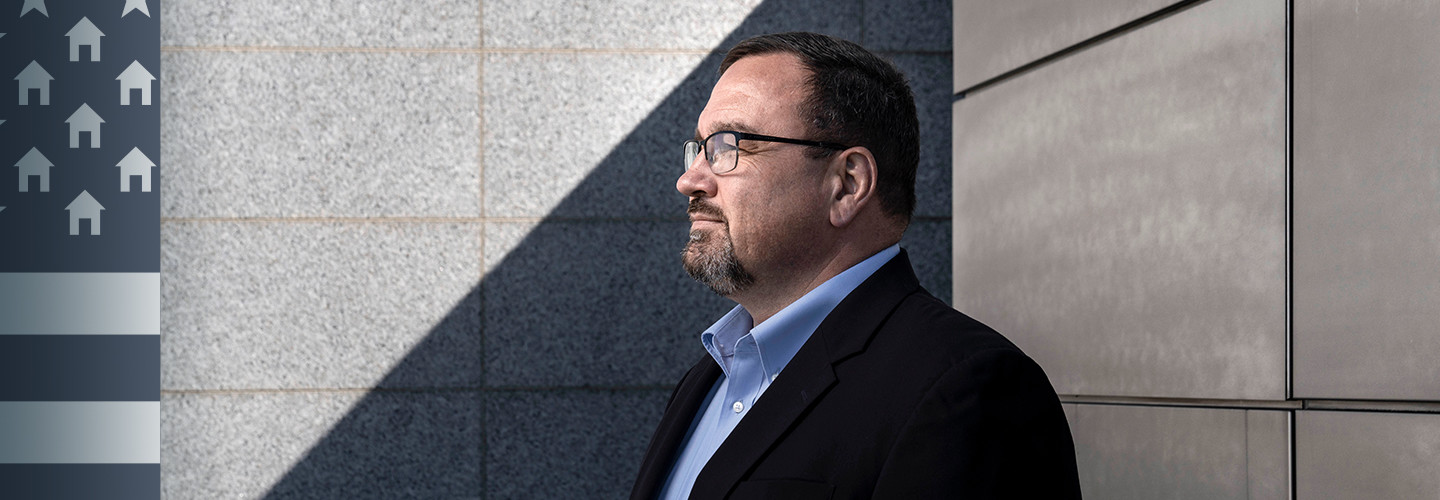DIA Was Quick to Adapt to the Demands of Telework
When employees at the Defense Intelligence Agency were sent home in March 2020, they were accustomed to doing nearly all of their work in the agency’s classified IT environment.
“When you send 92 percent of your workforce home, productivity is going to be hampered, especially when you’re not used to telework or working in a nonclassified environment,” says DIA CIO Jack Gumtow.
In the first days after employees were sent home, many went through training modules that they are required to complete each year so that they’d have something to do. In the meantime, Gumtow and his team worked overtime to stand up nonclassified systems for official use.
The agency quickly rolled out Microsoft Teams for collaboration. Before the end of April, the agency was able to hold its first-ever, fully virtual town hall meeting, connecting thousands of government employees.
The organization relied on a virtual private network to enable users to securely access DIA information in a remote setting, as well as a USB or agent-based thin client that allowed users to execute on-demand, secure network sessions by connecting remotely to an onsite DIA workstation from their home computers.













